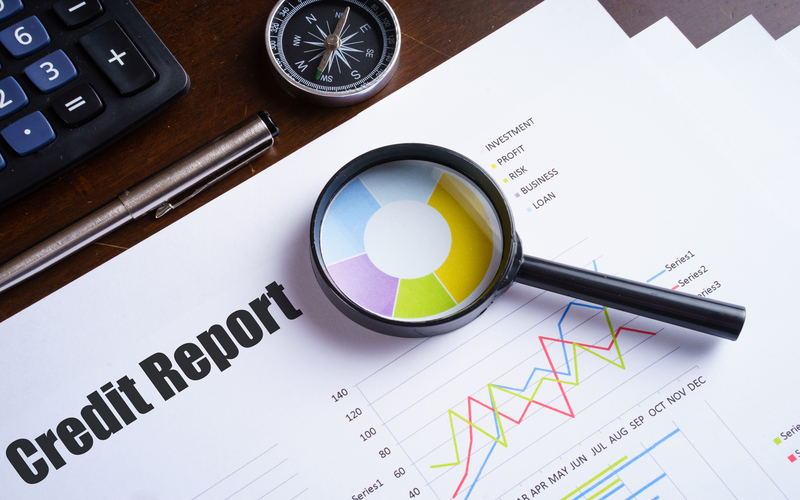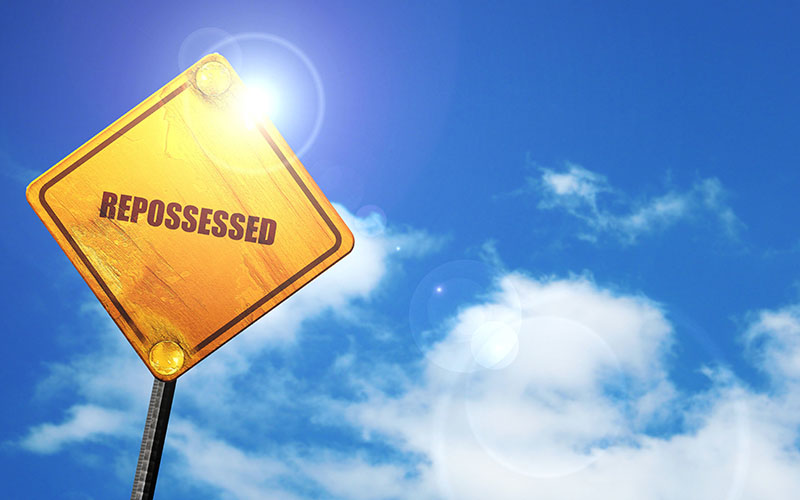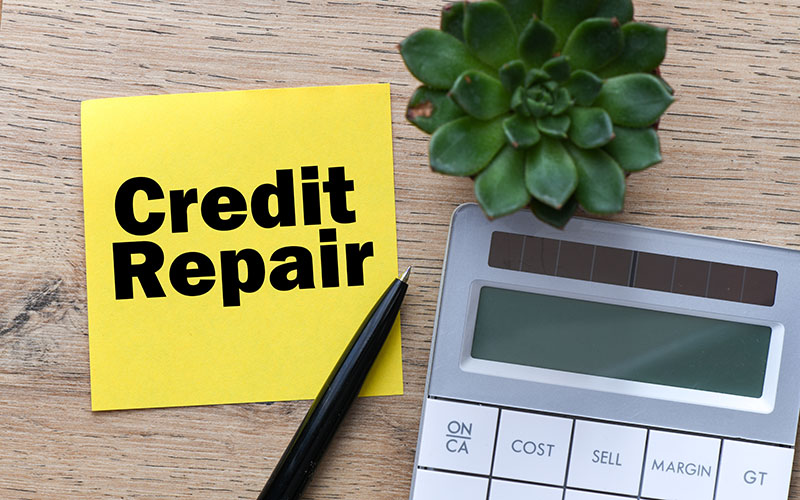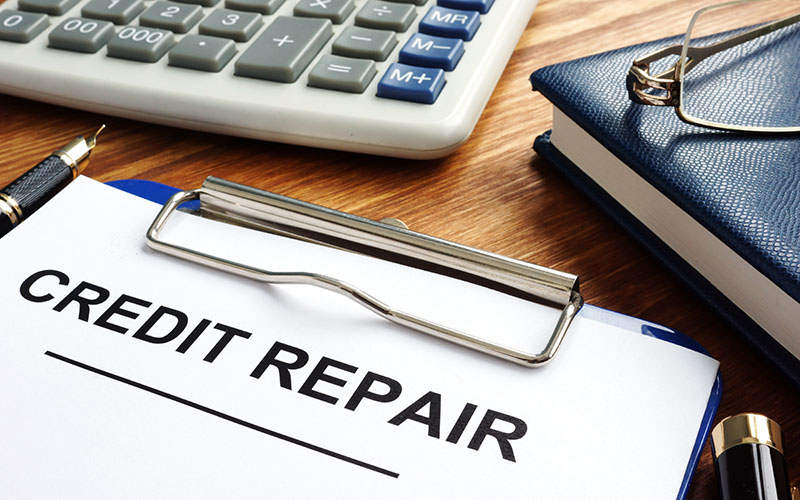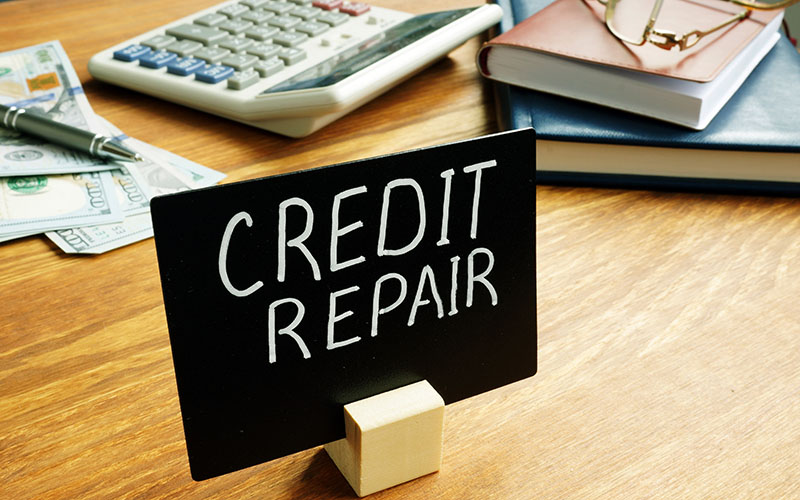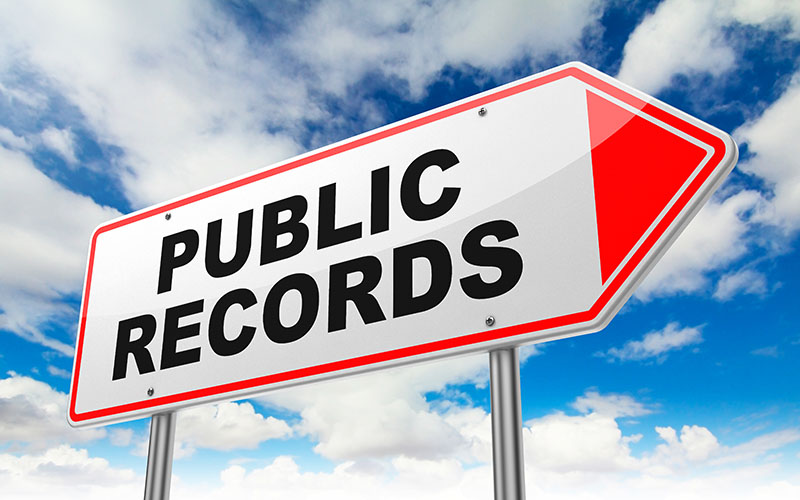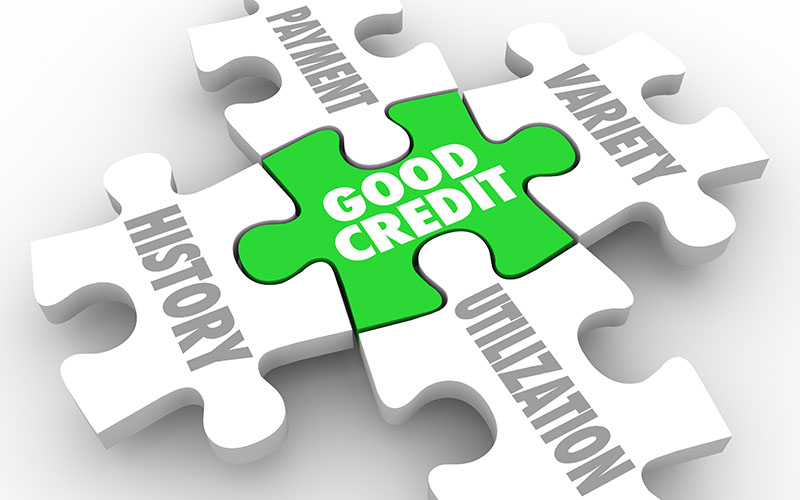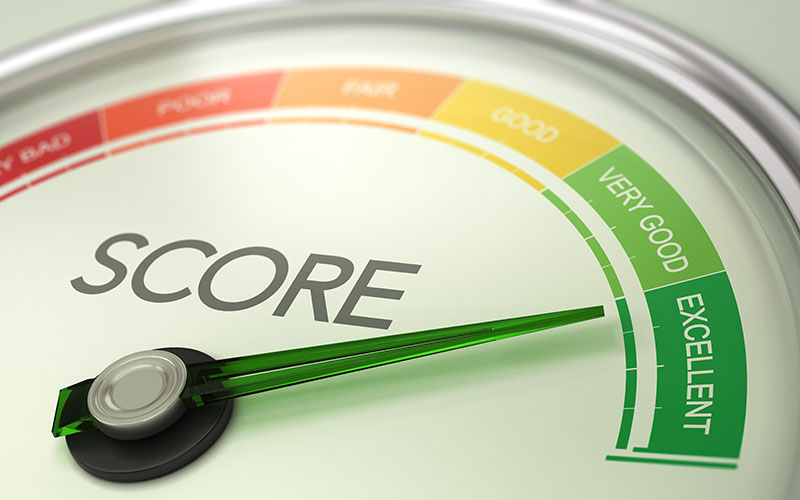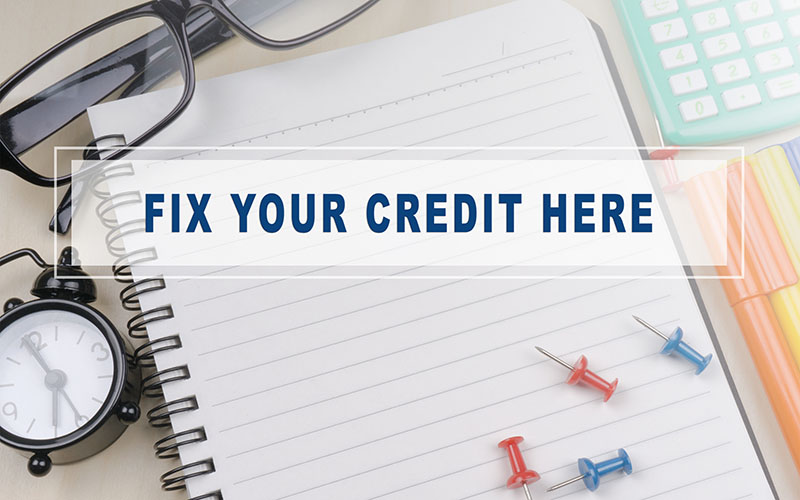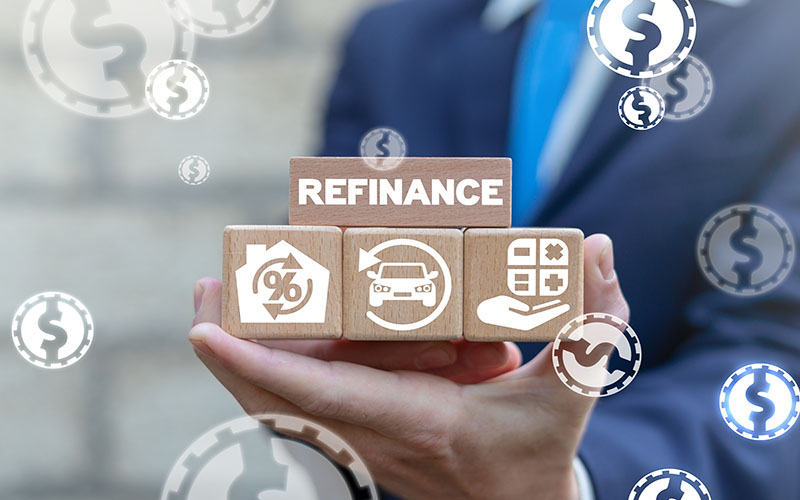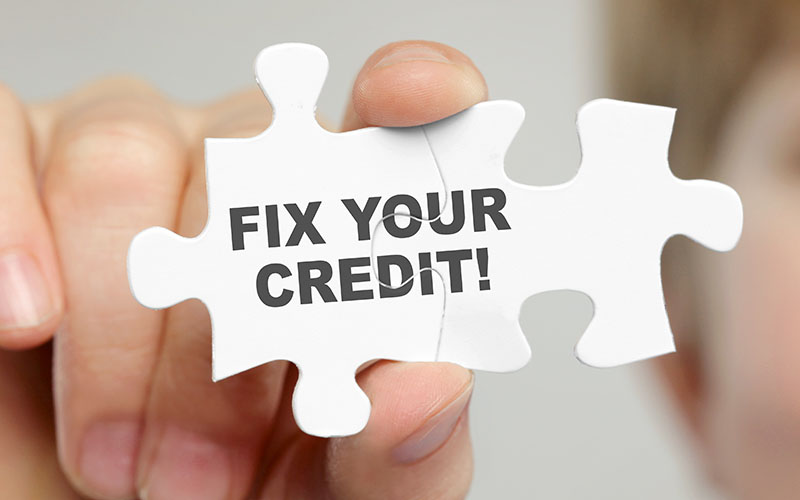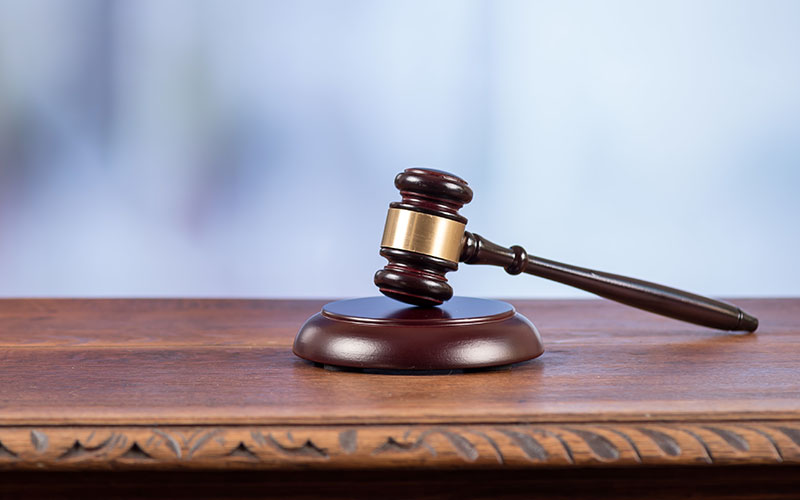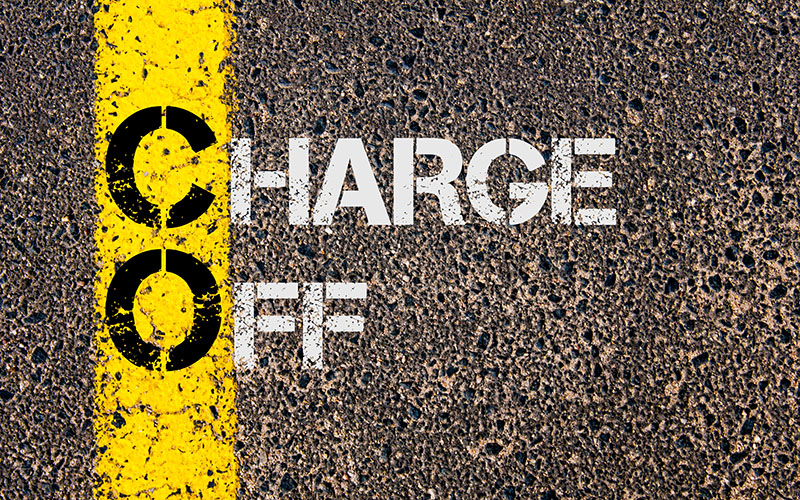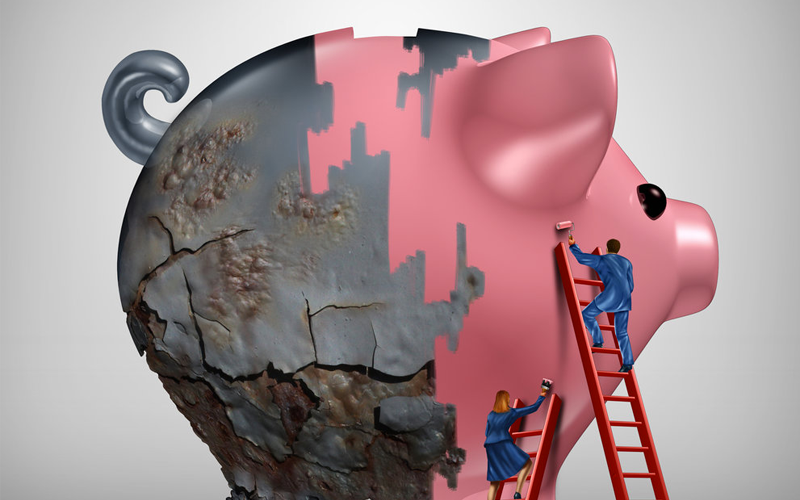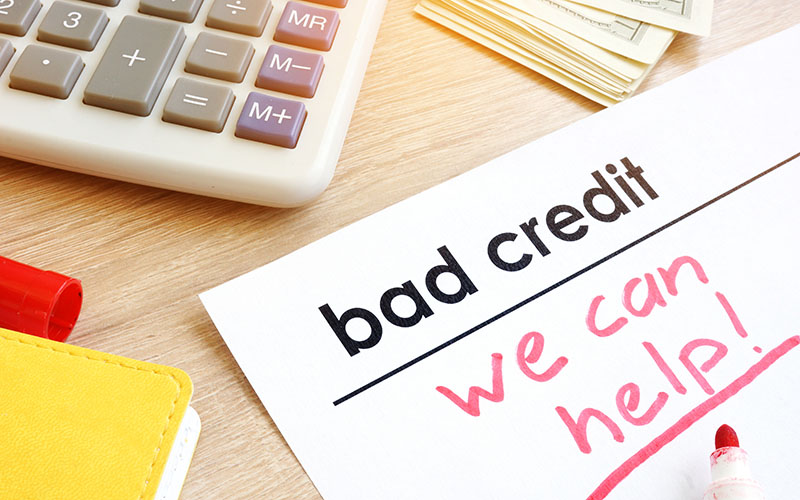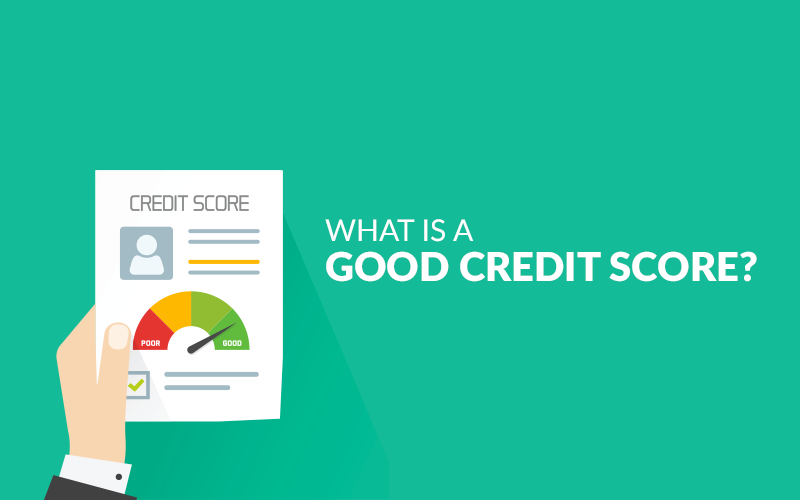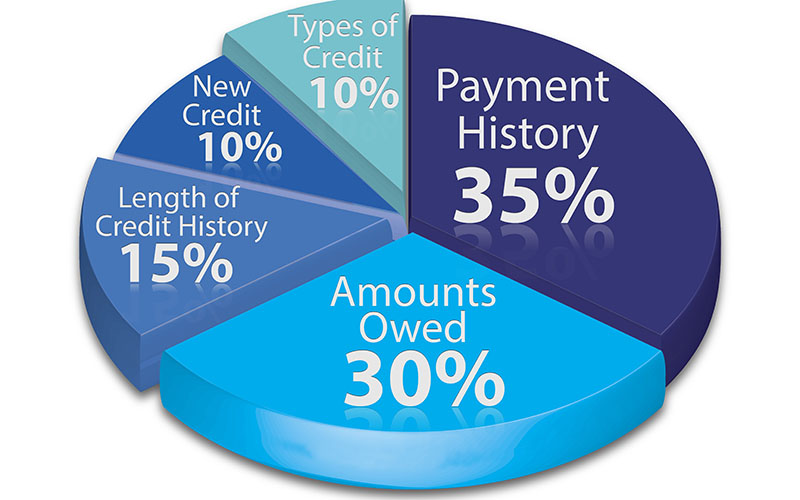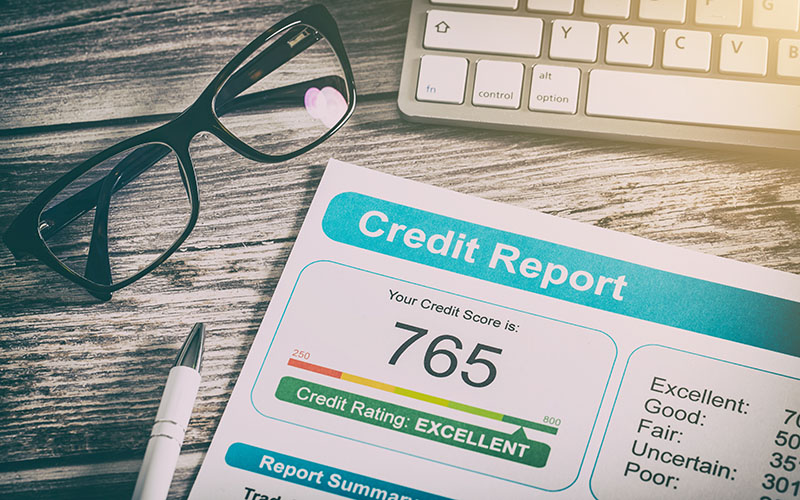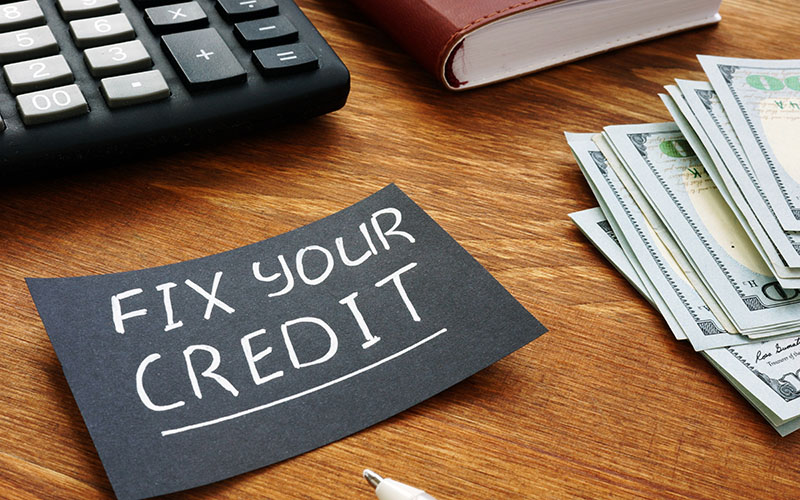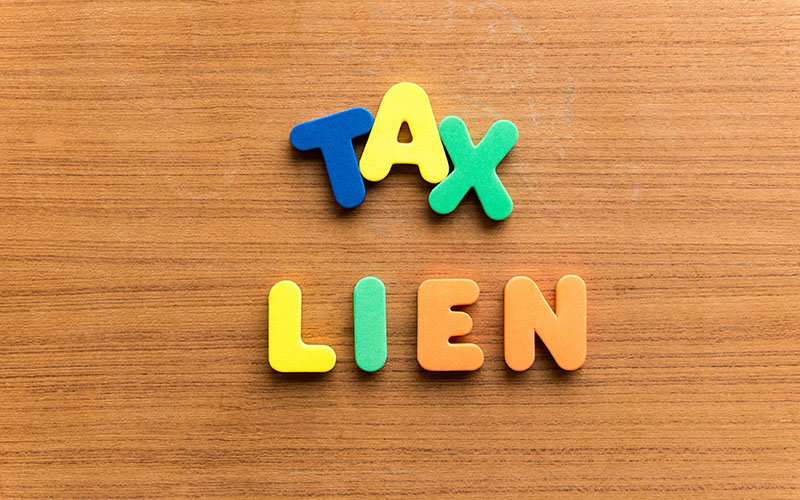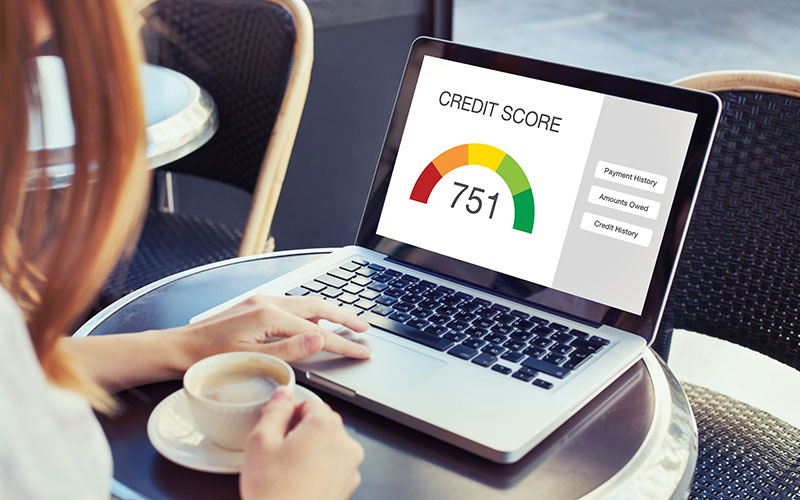How To File Chapter 7 Bankruptcy
Key Takeaways
- Chapter 7 bankruptcy helps discharge unsecured debts if you can't repay them
- You must pass a means test, complete counseling, and submit detailed financial paperwork
- Assets may be liquidated, but many personal belongings are often exempt
- A trustee oversees your case, and creditors can object during the process
- You must complete a financial management course before debts are discharged
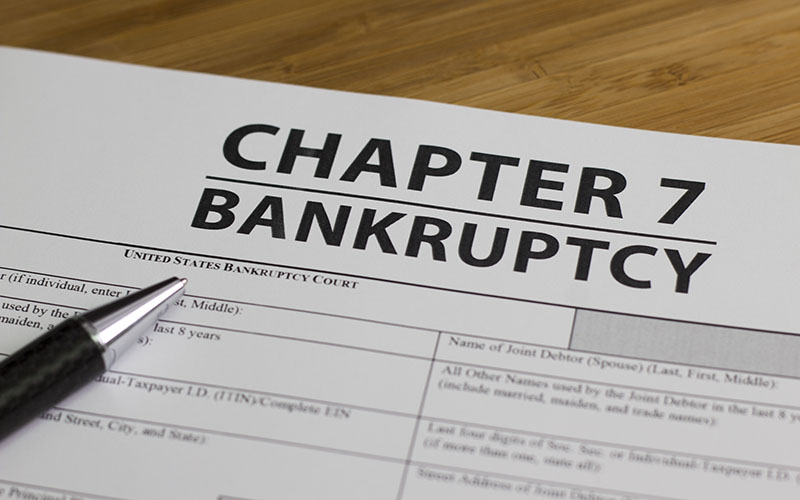
When you are unable to cover your debts with your assets or disposable income, you can consider filing for Chapter 7 bankruptcy.
This process (also called liquidation bankruptcy since your assets must be liquidated) can either partially or fully discharge your unsecured personal debts (such as credit card debt, medical bills, personal loans, unpaid bills, attorney fees, and more) and help you get a fresh start.
You might consider filing for a Chapter 7 bankruptcy petition under some circumstances, such as your debts being higher than your annual income or being unable to pay back your debts in several years.
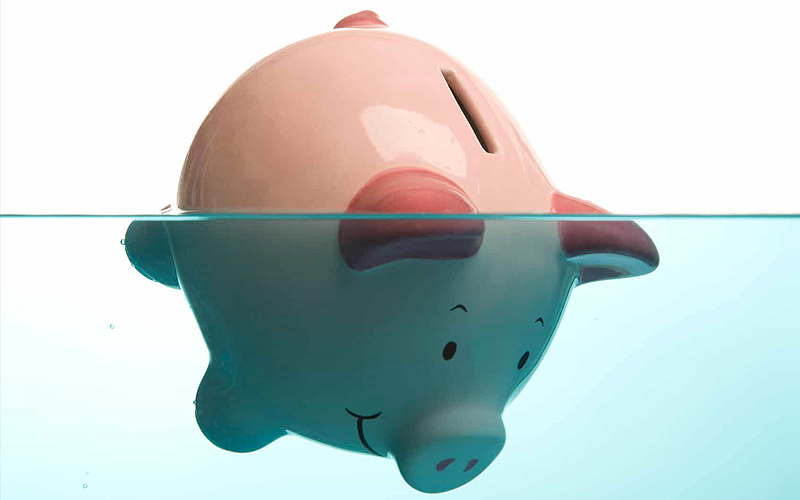
Chapter 7 Bankruptcy Requirements
Even if you've decided Chapter 7 bankruptcy is the right choice for you, you must meet the following requirements:
- Pass a means test
- Not have received a discharge in a previous Chapter 7 bankruptcy in the past eight years or a Chapter 13 in the past six years.
- Not have had a previously filed Chapter 7 or Chapter 13 bankruptcy case dismissed in the preceding 180 days due to fraudulent conduct, a court order violation, or if you requested a dismissal after a creditor asked to lift the automatic stay.
Chapter 7 Bankruptcy Filing Process
Here is a step-by-step guide to help you with the Chapter 7 bankruptcy process.
Step 1: Consider consulting a bankruptcy professional
The process of filing a bankruptcy petition is not an easy one. It's a lengthy process that requires time and a good deal of paperwork and can take anywhere from three to six months to complete. Additionally n 1, it may not be the best option for you so be sure to consider all of your options before proceeding.
Step 2: Gather Your Documents
Before you file for a Chapter 7 bankruptcy petition, you need to assess your financial situation -- specifically, any important documents and online records that you will gather for your bankruptcy trustee.
Here are some important steps to keep in mind:
- Keep track of your recent finances. This includes your income, unemployment benefits, interest or dividends from investments, pensions, and money contributed to your household income by other people.
- Keep track of all of your expenses. Items that do not have a set cost can have an average calculation.
- If you are married, include your spouse’s financial information, even if they are not filing bankruptcy with you.
- Document all your debts, the creditors, current balance, interest rate, monthly payment, and any other relevant information.
- Keep track of your assets and property with value (art, clothes, collectibles, home furnishing, real estate, savings, stocks, vehicles, and more), although it's unlikely that your personal belongings will be sold in a Chapter 7 bankruptcy.
Step 3: Receive Credit Counseling
You are required to undergo a credit counseling program six months prior to filing. (You can find a list of Credit Counseling and Debtor Education programs on the US Department of Justice website). Once you have completed the credit counseling class, you will receive a certificate of verification.
Step 4: The Means Test
You must pass a means test before you can file a Chapter 7 bankruptcy petition. If your income is above the state median you can use the means test to compare your disposable income to debts and determine if you have enough income to partially or fully pay your debts over a five year payment period.
If you do have extra income, you will need to file for a Chapter 13 bankruptcy. This allows you to repay your debts in the next three to five years rather than discharging them.
The means test consists of three forms (all of which can be found here):
- 22A-1
- 22A-1 Supp.
- 22A-2
If you believe you are exempt from the means test, you can fill out Form 122A-1Supp called the Statement of Exemption from Presumption of Abuse Under § 707(b)(2). This form determines if you are exempt from the means test by asking questions about your debt, what type of debt (nonconsumer debt vs consumer debt), and any military service provisions.
If you are a disabled veteran and acquired debt while on active duty or if your debts come from operating a business, you do not have to undergo a means test.
Form 122A-1: Chapter 7 Statement of Your Current Monthly Income
If you're an individual filing for Chapter 7 bankruptcy, you will need to fill out Form 122A-1, which focuses on your monthly income vs your state's median income, along with marital and filing status. Married couples can file for bankruptcy with a single form, although certain cases may require separate forms.
- Fill in your bankruptcy case information (name, bankruptcy court, and case number) at the top of the form. You can use the United States Courts’ Court Locator tool to look up the bankruptcy court you will file in by selecting bankruptcy as the court type and entering your ZIP code. If you don't know your bankruptcy case number yet, you can leave it blank.
- Fill in your marital and filing status: * Not married * Married and your spouse is filing for bankruptcy with you * Married and your spouse is not filing for bankruptcy with you, and you and your spouse are either living in the same household and not legally separated; living separately, or legally separated
- Fill in your income information, including your spouse's if you are filing together. You will need to include your average monthly income (add up the previous six months of income and divide it by six), gross wages, and any additional income you receive (alimony, child support, investments, retirement, unemployment, etc).
- Calculate your total annual income and compare it to your state's annual median family income for your household size (which can be found on the United States Department of Justice website).
Form 122A-2: Chapter 7 Means Test Calculation
If Form 122A-1 shows that your income is higher than your state's median, you must file Form 122A-2 -- the actual means test, which calculates your disposable income based on your income and expenses, and determines how much money you have to pay off other debts.
If you exceed a certain amount -- which is called a presumption of abuse -- you may not qualify for Chapter 7 bankruptcy. However, you can still qualify if you have extenuating circumstances that increase your expenses and reduce your income.
- Fill in your case information, which is the same as what you filled in with Form 122A-1.
- Find your adjusted income by referencing your answers on Form 122A-1 (your total monthly income from line 11). You may have to adjust your current monthly income if you filled out Column B on Form 122A-1. If you are married, you must subtract the amount of your spouse's income that is not used to pay for household expenses.
- Calculate your deductions. You will need to fill out detailed information about your debts and expenses such as: * The number of dependents you support and people who can be claimed as exemptions on your tax return * Housing and utilities (mortgage, rent, insurance, and/or operating expenses) * Vehicle operation expenses and ownership and/or lease expenses for up to two vehicles with loans or leases; monthly payments for all debts secured by a vehicle * Public transportation expenses * Identifying information for any property secured by debt * The amount paid for federal, state, and local taxes (but not including real estate, sales, or use taxes) * Involuntary payroll deductions * Court-ordered payments * Education expenses required as a condition of your job or for a physically/mentally challenged dependent if no public education is available for those services * Childcare * Additional healthcare expenses outside of insurance costs * Continuing charitable contributions to religious or charitable organizations * Total amount of past-due payments for priority claims * Total amount of nonpriority unsecured debt
- Calculate your monthly disposable income and determine if there is a presumption of abuse. * If your total disposable income $7,700 over the next five years, you may qualify for Chapter 7 bankruptcy and can move onto the next part. * If your total disposable income is between $7,700 and $12,850, you need to make additional calculations involving your nonpriority unsecured debt to determine if you may qualify. * If your total disposable income exceeds $12,850, there is a presumption of abuse, which means you do not qualify for Chapter 7 bankruptcy unless you have specific circumstances that allow additional expenses or adjustments of your current monthly income.
What To Do After You Have Filled Out Form 122A-1 and Form 122A-2
- If you passed the means test, you will have to take a few more steps (more on that later). In some cases, you still may not qualify for Chapter 7 bankruptcy.
- If you failed the means test, you can either try it again in a couple of months or consider another option such as filing for a Chapter 13 bankruptcy.
Step 5: Fill Out Official Bankruptcy Forms
When filing, you must list the debts and properties that are exempt from being discharged, whether you have sold or given away property in the previous two years, and list all your creditors and mailing addresses. You must also state what you plan to do with your secured debts:
- Continue with your payments
- Reach a new payment agreement with your creditor
- Redeem the property and pay the creditor the replacement value of the property
- Surrender your property to the creditor
You can find all of the necessary bankruptcy forms at the United States Courts official website:
- Voluntary Petition, Form B1
- List of unsecured creditors
- Statement of Financial Affairs
- Statement of Intention
- List of Case Commencement Notes (a notice to creditors of your intent to file for Chapter 7)
- A copy of any debt repayment plans you have made
- Information regarding your property, secured and unsecured debt, current income, current expenditures, contracts, leases, education accounts, etc
Once you have completed all of your paperwork, you can file your petition with the federal court clerk and have your case scheduled. Filing a petition will cost you $335, although you can file additional forms to ask the court for assistance.
If you hired a bankruptcy lawyer, they must be paid upfront. Fees range from $800 to $5,000 and depend on the location and complexity of the case.
While all of your forms are filed at the same time, you can file the Voluntary Petition and file the other forms in the next fourteen days if you are short on time and need to stop an eviction, foreclosure, or repossession.
Once you have filed the Voluntary Petition, the automatic stay is implemented. This stops creditors from bank account attachments, collections communication, eviction, foreclosure, lawsuits, repossession, utility shutoffs, and wage garnishment. However, creditors can ask the courts to lift the automatic stay in order to proceed with an eviction, foreclosure, lawsuit, or repossession.
At this point, the trustee will have control of your property and debts, meaning you will need the court's approval to pay debts and transfer property.
The US Bankruptcy Court will then appoint a trustee to oversee your case. You will keep the exempt property (home, vehicle, clothing, pensions, public benefits), but your trustee will sell your nonexempt property and use the funds to pay back your creditors partially. However, your bank can still foreclose your home if you haven't paid your mortgage, and your car can still be repossessed if you are behind on payments.
Attend a Creditors’ Meeting
Within 40 days of your bankruptcy filing, the trustee will schedule a short creditors' meeting (also called a 341 meeting) with your trustee and the creditors (or their representatives). You will be put under oath and questioned about your situation, finances, and paperwork. The creditors and trustee may work out a solution to get your debts partially or fully discharged.
In the case you are married, your spouse is also required to attend, even if they are not filing.
This meeting is also used as a way to ensure that you are not declaring bankruptcy for any kind of fraud. The trustee makes sure you understand the consequences of bankruptcy and that you are ready to move forward with the process.
Creditors and the bankruptcy trustee have 60 to 90 days to object to the discharge of any debts by filing a lawsuit in the bankruptcy court. They can request extra time for objections, but if these are not done in time, your petition will proceed and the court will discharge your unsecured debts.
Complete A Financial Management Course
Before your debts are discharged, you will be required to complete a financial management course. This should only take a couple of hours and the fee ($100/session) and can be reduced or waived if you meet the low-income standards.
You must complete this course within 45 days of the creditors' meeting and file documents certifying you’ve met these requirements, or you risk having the case dismissed.
For a list of debtor education providers in your area, visit www.justice.gov.
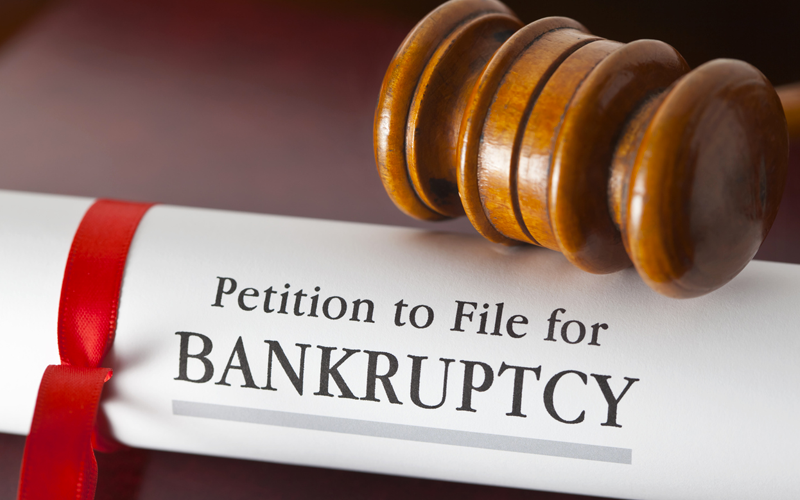
The Bottom Line
Bankruptcy is a difficult process, but it can give you a fresh start.
Want to learn more? Look to our reputable and knowledgeable services here.
What if I am married? Should my spouse declare bankruptcy too?
Your spouse is not required to file for bankruptcy with you, but if they have co-signed on one of your loans or vice versa, it's not as effective for just one person to file since creditors can attempt to collect from your spouse once you have filed for bankruptcy.
What if I need to declare bankruptcy again in the future?
You can't declare bankruptcy again until a specific period of time has passed, which varies depending on the type of bankruptcy:
- For Chapter 7 bankruptcy followed by another Chapter 7 bankruptcy, you need to wait a minimum of eight years.
- For a Chapter 7 bankruptcy followed by a Chapter 13 bankruptcy, you need to wait four years.
- For a Chapter 13 bankruptcy followed by another Chapter 13 bankruptcy, you need to wait a minimum of two years.
Should I DIY bankruptcy or hire an attorney?
Bankruptcy is simply an administrative process, so filing on your own costs around $300 to $500. If you wish to file without the help of an attorney, you can find the forms needed at the U.S. Courts website.
Each type of bankruptcy has a vastly different process and you should be well-versed in the intricacies of it before tackling it on your own. Research through books, blogs, and videos may be helpful if this is the route you ultimately take.
Most experts suggest hiring an attorney for a legal process as important as bankruptcy since any mistakes made while filing could result in the dismissal of your case. It also increases the chances of your debts being discharged by 40%.
However, hiring a bankruptcy lawyer is much more expensive and you can only pay them in cash only. This fee ranges from $1,000 to $2,500 depending on each individual case.
Find an attorney who is experienced in the type of bankruptcy you plan to file. Many attorneys offer a free or low-cost consultation that usually lasts around an hour to determine if bankruptcy will truly help your financial situation.
The attorney fees are based on the attorney’s experience, expertise, your location, and the complexity of your case.
When is the right time to file bankruptcy?
When the debts you carry become overwhelming, too much to handle, and you cannot find any other way to pay off the medical bills, credit card debt, and unsecured loans, bankruptcy may be your only option.
Do I have any other options?
Debt consolidation or settlement is one option to help you avoid bankruptcy. Many debt consolidation companies help restructure your debts to make paying them off easier.
Edited by:
Bryan Huynh
•
Product Tester & Writer

